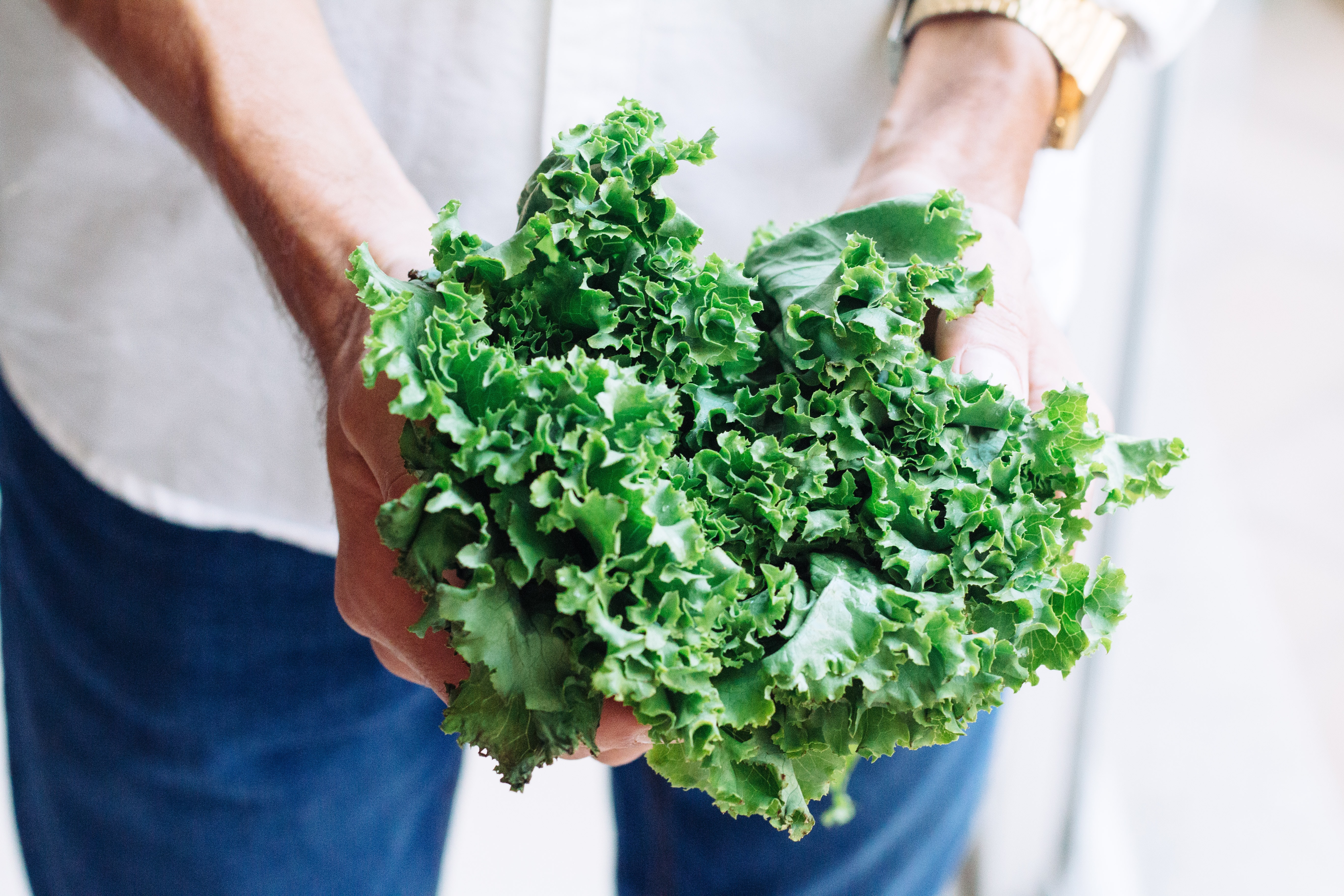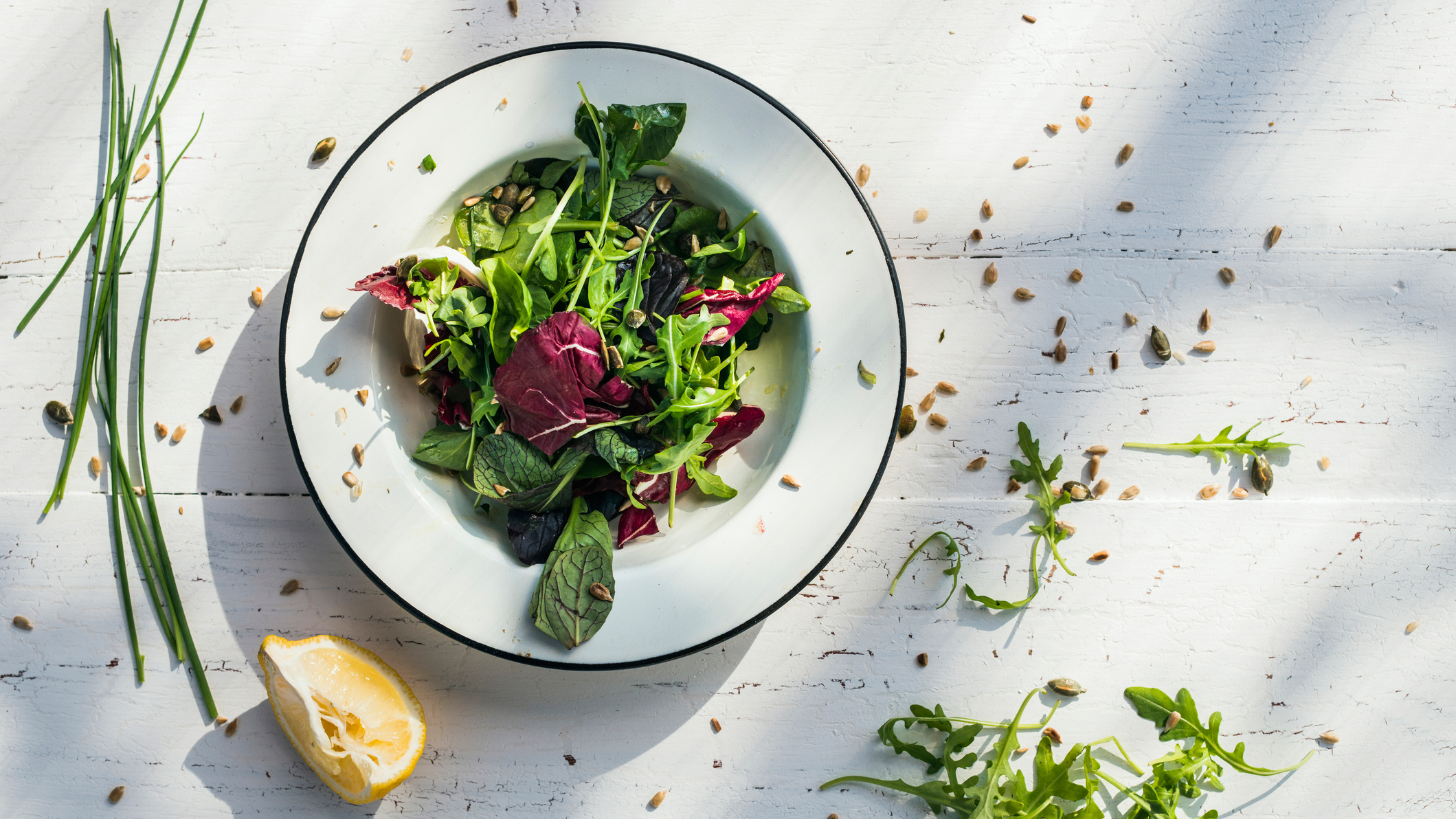Why green leafy vegetables are essential for getting fit and building muscle
It's not all about protein: the nitrates in leafy vegetables are sorely needed to stay healthy and build muscle


We were always told to eat our greens as children. Cruciferous green vegetables such as kale, spinach, rocket and other vegetables are well-known to be full of nutrients and healthy sources of fibre and carbohydrates. They're great sources of micronutrients like magnesium, iron, vitamin K and vitamin E.
A study from Edith Cowan University in Australia found eating just one cup of leafy green vegetables every day could boost muscle function. The study examined data from 3,759 Australians over a 12-year period.
The researchers discovered people with the highest regular nitrate consumption had 11 per cent stronger lower limb strength than those with the lowest nitrate intake. This translated into a four per-cent faster walking speed.
The difference in nitrate intake between the highest or lowest equates to – you guessed it – one cup of leafy greens, like lettuce and rocket, which are naturally high in nitrates.

Researcher Dr. Marc Sim said: "Our study has shown that diets high in nitrate-rich vegetables may bolster your muscle strength independently of any physical activity.
"Nevertheless, to optimise muscle function we propose that a balanced diet rich in green leafy vegetables in combination with regular exercise, including weight training, is ideal."
One way of getting lots of green vegetables in your diet is to whizz them up into a satisfying smoothie in one of our best blender combinations. If you're set on building muscle, you'll also need a source of extra protein to go along with those leafy greens. There's a lot of competing brands and misinformation out there, but we recommend either the best protein powder for weight loss, or our best protein powder for women guides to show you the ropes.
Start your week with achievable workout ideas, health tips and wellbeing advice in your inbox.
Coupled with a resistance training programme, it's the perfect combination to tone up, build muscle and slim down. Two of the best tools to do this at home are adjustable dumbbells and some of the best resistance bands, although you could also join a gym if local pandemic restrictions allow and take advantage of the wealth of equipment and knowledge of the staff.
Matt Evans is an experienced health and fitness journalist and is currently Fitness and Wellbeing Editor at TechRadar, covering all things exercise and nutrition on Fit&Well's tech-focused sister site. Matt originally discovered exercise through martial arts: he holds a black belt in Karate and remains a keen runner, gym-goer, and infrequent yogi. His top fitness tip? Stretch.
